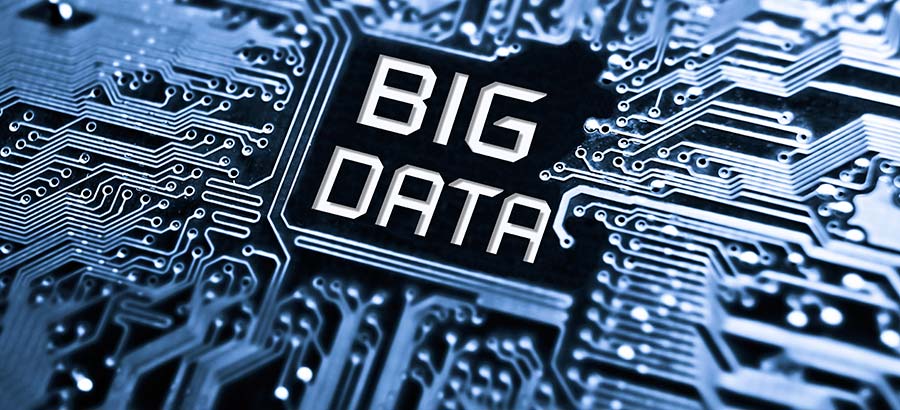- Advertising
- Bare Metal
- Bare Metal Cloud
- Benchmarks
- Big Data Benchmarks
- Big Data Experts Interviews
- Big Data Technologies
- Big Data Use Cases
- Big Data Week
- Cloud
- Data Lake as a Service
- Databases
- Dedicated Servers
- Disaster Recovery
- Features
- Fun
- GoTech World
- Hadoop
- Healthcare
- Industry Standards
- Insurance
- Linux
- News
- NoSQL
- Online Retail
- People of Bigstep
- Performance for Big Data Apps
- Press
- Press Corner
- Security
- Tech Trends
- Tutorial
- What is Big Data
Why the Future of Cyber Security Lies in Big Data & Artificial Intelligence

Just a cursory look around the world of cyber security is enough to deduce: we aren’t doing a good enough job. The cyber criminal organization Carbanak whipped up a concoction of malware that caused ATM machines around the world (25 countries total, mostly in Russia) to spew cash at random customers. The total loss is estimated to be about $1 billion. Another group of cyber criminals, called Equation, has developed what security experts are calling the nastiest piece of malware ever discovered. These are all in addition to what’s almost become the hack-of-the-week: various businesses, government agencies, and other organizations falling prey to data breaches that compromise anywhere from a few dozen confidential records to many millions of them. It’s time to do something.
What’s Wrong With Current Cyber Security Tools & Techniques

Current cyber tools are based on catching malware and hacks that are already known. For example, your computer and network are likely protected by firewalls and antivirus systems, which are updated regularly by the vendors. Those updates add on protection for viruses and malware as they are identified by the security vendors. Until threats are found, identified, and a patch is developed to protect against that specific threat, your systems are wide open. Hence, for every piece of malware your systems are protected against, some hapless customer somewhere was ground zero for the attack for which there was yet no protection.
How Big Data & Artificial Intelligence Can Fix the Problems
When it comes to cyber security, humans are always looking for the known threats. Hence, they miss all the new ones until WHAM! They’re hit with a biggie. Conversely, all of the artificial intelligence designed to contend with such attacks look instead for anomalies—anything that looks different than usual user activity or traffic patterns. That means that AI causes a lot of false alarms, which lead the people to mistrust the system, hence, all AI for cyber security.
How Cyber Threats & Security Countermeasures are Evolving

Obviously, a successful system should take the strengths of both AI and humans and combine them into a system that can overcome the weaknesses of each. Depending wholly on humans is causing people to lose faith in cyber security. Depending wholly on AI has another unintended side effect: the machines will eventually learn so much about threats that they actually do go rogue like Bill Gates, Stephen Hawking, and others predict. They could determine humans are the problem (which is actually hard to argue against), and shut us out of our computer systems completely.
By blending the strengths and weaknesses of humans and artificial intelligence, cyber security specialists hope to take us to a place where we can again depend on these systems to protect us, our systems, and the data so essential to our success.
Until these improved tools and techniques are ready, it’s imperative to select a data storage solution that won’t leave you vulnerable. Turn to the experts at Bigstep. You can learn more about us here.
Readers also enjoyed:

Don’t let security concerns impact use of big data


Leave a Reply
Your email address will not be published.